In Italy, most other parts of the Mediterranean, and what we are accustomed to in the United States, fava refers to broad (green) beans (in the spring, they are tender and buttery and divine). Oh, can’t wait.
However, in Greece, fava refers to a dish of creamy pureed yellow split peas. Completely different from non-Greek fava. The Greek version is easy to prepare, inexpensive, healthy, hearty, and one of my all-time favorite dishes.
First discovered this dish in Greece many years ago; fava has since become a staple in my kitchen. In fact, Greek fava frequently makes its way into my weekly cooking repertoire. It requires only a few basic ingredients…Greek fava or yellow split peas (which I always have on hand), water, salt and olive oil — traditionally topped with diced red onions and parsley (also added a pinch of hot smoked paprika, which is not traditional, but decidedly good on many savory dishes). What elevates this humble dish is a healthy drizzle of peppery extra virgin olive oil.
Just simmer the split peas in water for about an hour until they absorb most of the water. At first it will seem as though there is way too much water, but don’t worry, be patient, the fava are like sponges and will slowly soak up all the water. Fava are pretty low-maintenance. Perhaps a stir from time to time and an occasional check to make sure they have enough water. Simple.
From there, you can prepare the fava smooth (an immersion blender or a food processor works well) or leave them a bit thicker and chunky (‘rustic‘). Up to you.
While I find Greek fava completely satisfying as prepared above, am not opposed to embellishment in the form of a few rings (or tentacles) of grilled squid. Completely optional, but a nice addition (if you like squid). Or, omit the squid and top with some crumbled feta.
Serve with crusty bread. The bread in the photo is a sourdough I’ve been working on perfecting. It has several different types of flour: whole-wheat, dark rye, light rye, buckwheat, and bread flour. It has a really nice, dark crispy crust with a soft, chewy interior. Still working out a few kinks, but hope to share with you soon.
All that’s missing is a view of the azure-emerald-turquoise waters of the Aegean Sea.
Fava (Purée of Yellow Split Peas)
serves 6
2 cups Greek fava (yellow split peas)
6 cups water
1 medium onion, quartered
1/2 cup extra virgin olive oil plus extra for drizzling over finished dish
sea salt and freshly ground black pepper to taste
Garnishes:
chopped parsley
red onion, finely chopped
hot smoked paprika (not a traditional Greek addition, but adds a nice smoky touch)
good quality extra virgin olive oil
coarse sea salt
grilled squid (optional, but delicious)
lemon
Rinse the fava well under cold water. In a medium-sized saucepan, bring the fava and water to a boil. Skim off any foam that comes to the surface. Add the onion. Season with a large pinch of sea salt and few grinds of black pepper. Simmer over medium-low heat for about an hour, stirring occasionally, until the fava are very soft.
Transfer the fava to a food processor and blend roughly. Transfer back to the saucepan. Add salt and 1/2 cup olive oil. Stir to combine. Simmer for 5 more minutes.
Transfer to a shallow serving bowl. Garnish with chopped parsley, red onion, hot smoked paprika, a squeeze of lemon, and a sprinkling of coarse sea salt. Drizzle generously with extra-virgin olive oil. Top with grilled squid (optional). Add a squeeze of lemon if you like.
Cleaning Squid
Here in NYC, there are several fishmongers at the Union Square Greenmarket. This is where I buy my squid. You can buy ‘cleaned’ and ‘dirty’ squid. I prefer the dirty squid, as they are considerably more flavorful (more briny). I find cleaned squid to be water-logged (they give off a lot of water during the cooking process) and lacking the salinity of its uncleaned counterpart. Dirty squid also possess a better texture. Cleaning squid can be a little messy, though the superior texture and flavor are worth the effort. Not surprisingly, dirty squid cost less than cleaned squid given that you’re not paying someone else for the extra work of cleaning the squid.
Pull the tentacles from the squid’s body. The viscera will come out of the body.
Slice the tentacles from the viscera. Discard the viscera.
Remove the beak from the center of the tentacles. Discard the beak.
Insert your hand into the squid’s cavity and remove the squid’s ‘backbone’, the part that looks like clear plastic.
Slice off the wings (the two flaps toward the end of the squid). Remove the skin. It peels right off. Make sure to rinse the bodies (especially inside the cavity) and tentacles well under cold water (they can be a bit sandy).
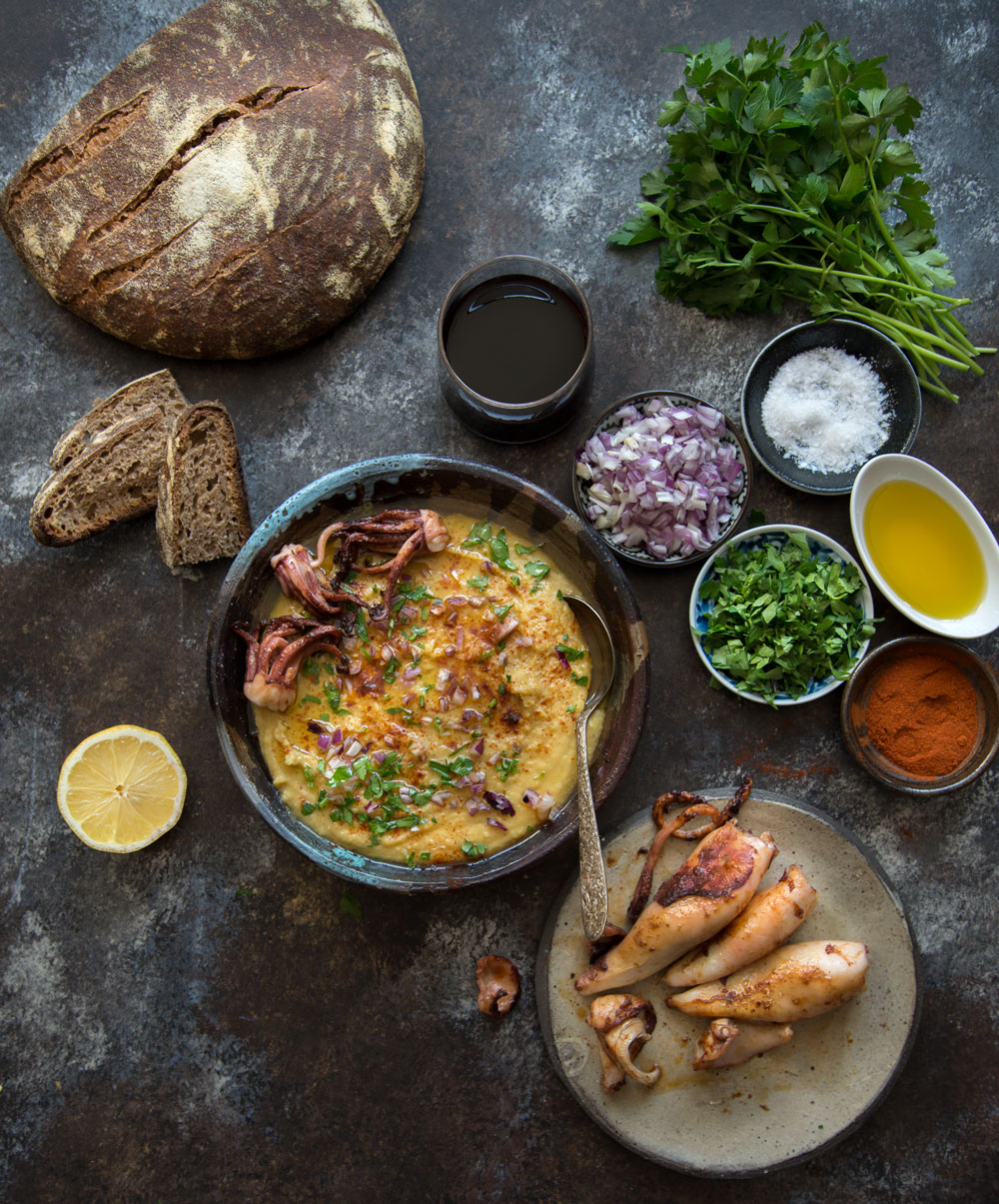
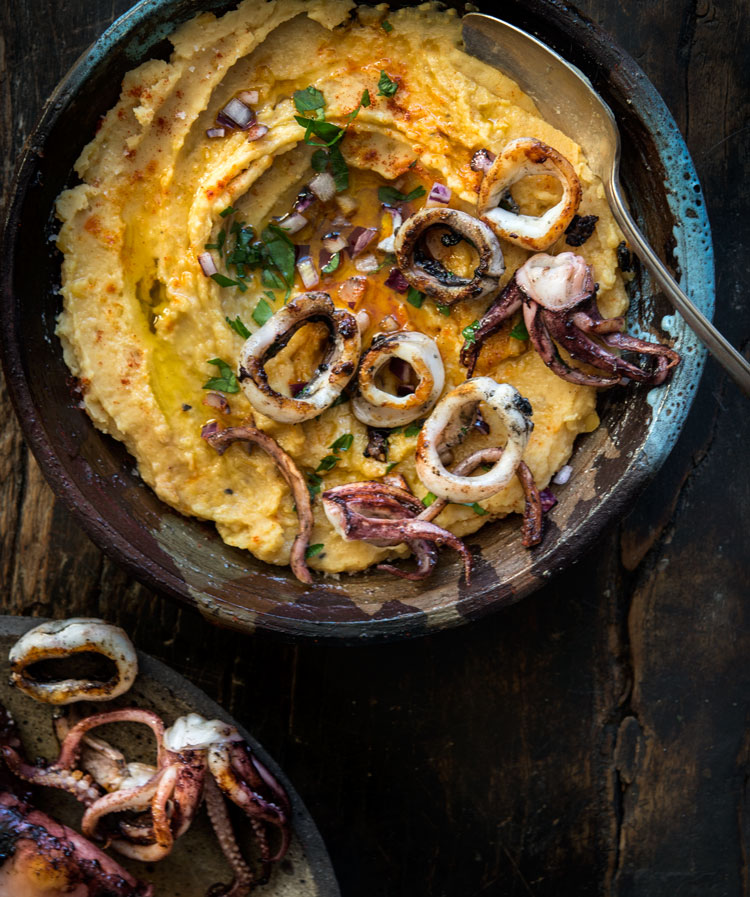
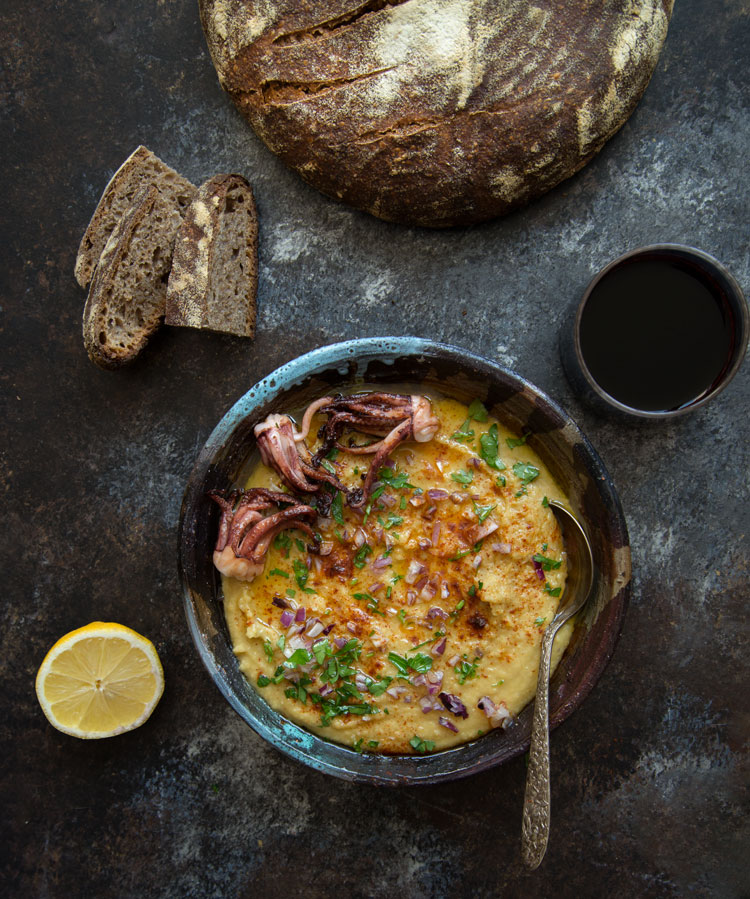


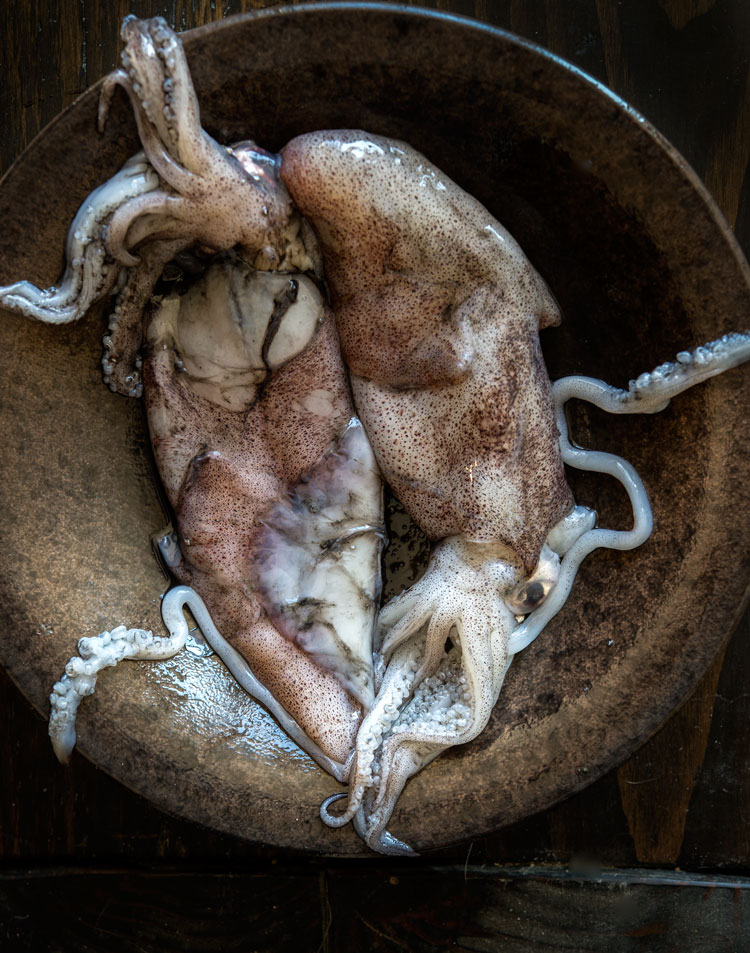
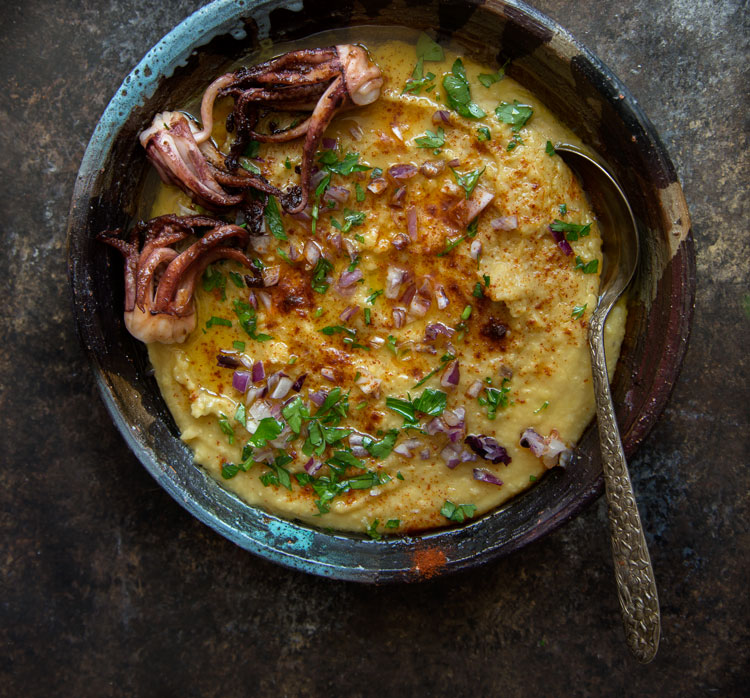
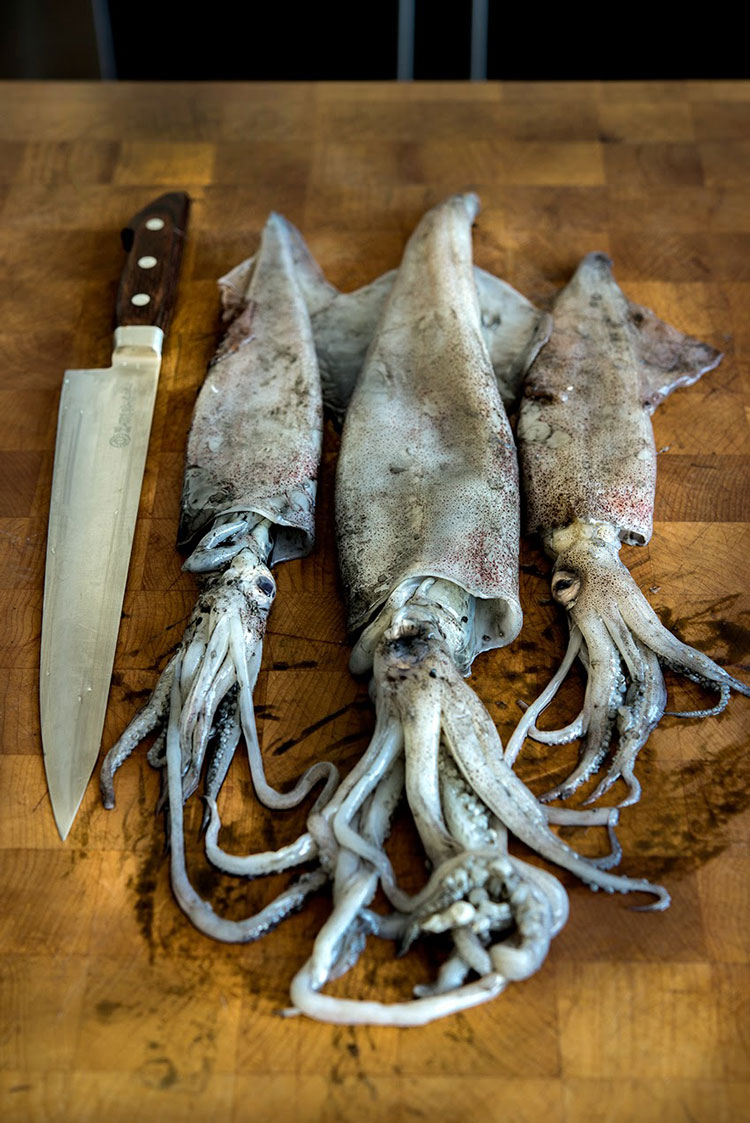







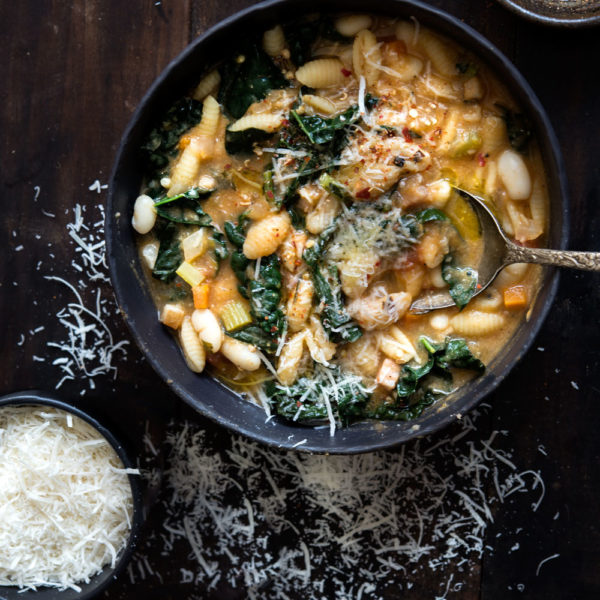
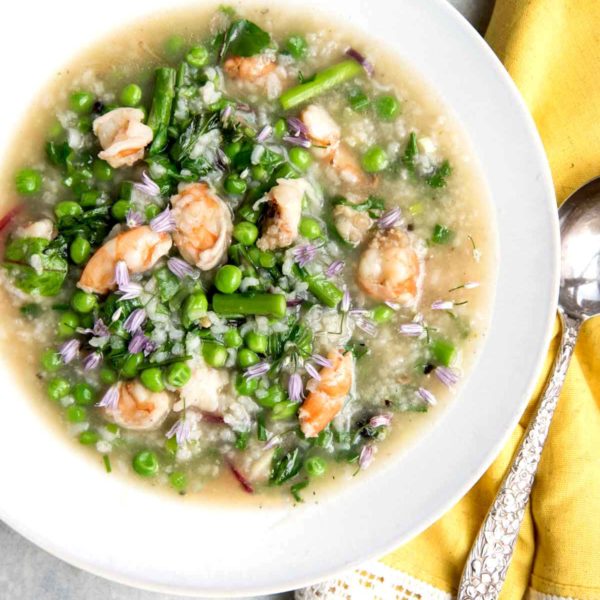


2 comments
Sabrina Russo
This looks absolutely amazing! Thanks for the squid cleaning tips too 🙂
Sabrina Russo
This looks absolutely amazing! Thanks for the squid cleaning tips too 🙂